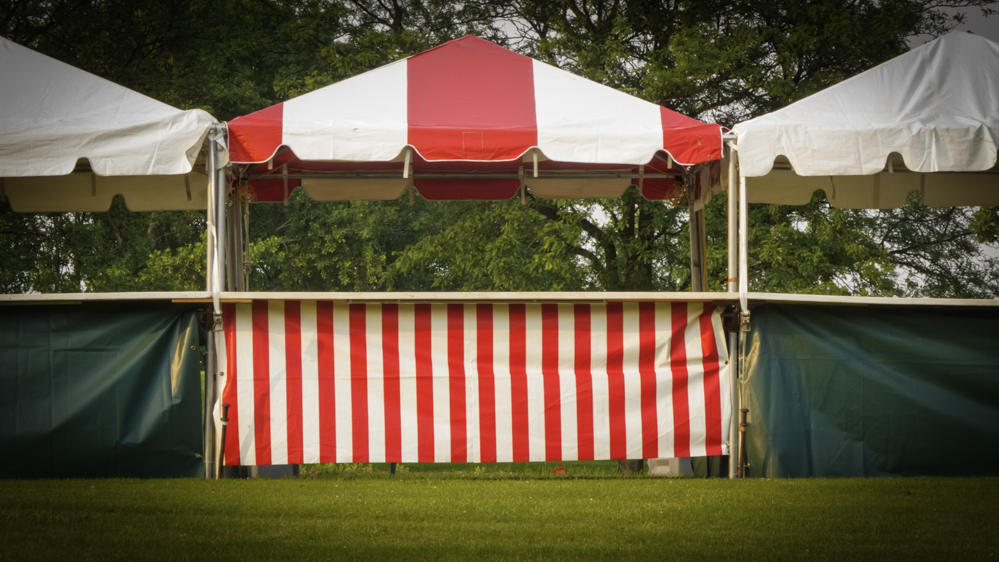During the course of a normal year more than 100 million people interact with artists at art festivals, craft fairs and other such events across the country. Any given month in the United States would normally see millions of people interact with thousands of artists each month at hundreds of festivals.
National Numbers Are Staggering
The economic impact of coronavirus on the arts and culture sector in the United States has topped $14 billion as of this writing, according to an ongoing survey by Americans for the Arts, which surveyed 19,161 organizations so far. 96% of organizations have had to cancel events totaling 111 million in lost in person attendance.
Some of the larger individual fests bring in as many as 400,000 people in one weekend. But with the advent of the COVID-19 pandemic, large scale events of every kind have been put on hold and art festivals are no exception.
106 festivals across the United States were cancelled in September 2020 alone, according to a review of festivals on website artfaircalendar.com. Another 60 have already been cancelled for October and 12 in November – with more cancellations expected.
14 Cancelled Events Equaled 2,830,000 Attendees Lost
A sampling of events large and smaller across the country reveals that 10 events ranging from 400,000 people in size to 20,000 people in size would have pulled in 2,830,000 people – had they not been cancelled.
350,000 people – Winter Park Sidewalk Art Festival – Winter Park, FL – March 20-22
400,000 people – Fremont Festival Of The Arts Fremont, CA. first weekend of August
250,000 people – Plaza Art Fair in Kansas City, MO was to have run Sept. 20-22
150,000 people – Salmon Days in Issaquah, WA was to run in first week in Oct.
300,000 people – Edina Art Fair in Edina, Minn, the first full weekend in June
350,000 people – MAIN ST. Fort Worth Arts Festival – originally planned for April 16-19
30,000 people – Old Town Art Fair in Chicago on June 13-14.
330,000 people – Cherry Creek Arts Festival in Denver on July 3-5
250,000 people – St. James Court Art Show in Louisville, KY on Oct. 2-4
85,000 people – Art in the Pearl in Portland, OR on from August 31-Sept. 2
85,000 people – Art & Apples Festival – in Rochester, MI on Sept. 6-8
130,000 people – Saint Louis Art Fair – in Clayton, MO on Sept. 6-8
20,000 people – Bayou City Art Festival – in Houston in Spring and again in Fall
100,000 people – Spring Arts Festival – Their festival in April 2021 has already been cancelled
Economic Impact Lost
Spanning more than 27 city blocks, in 2018, approximately $4.6 million worth of art was expected to be sold across 15 mediums, at the MAIN ST. Fort Worth Arts Festival.
The losses don’t end there. The Art & Apples Festival in Rochester, MI, which is on the low end in attendance on this little list, had an economic impact of $2.6 million dollars in 2016.
A few of the events cancelled have gone virtual this year. But just hand full. And virtual doesn’t make up for the economic losses.
While Artists Sunday movement cannot replace what has been lost it does give artists and art organizations across the country an opportunity to champion artists in a unified effort. Participation is free to artists and not-for-profit organizations.
It’s a joint effort by artists and non-profit organizations across the country all promoting the same message at the same time of the year – Oct and Nov. The result is 1000s of individual artists numerous community orgs all promoting the same message.
The Consumer Message
Consumers are inundated with shopping messages from large retailers during fall holiday season. Mostly, Black Friday deals from large retailers. Even without COVID-19, art and craft sales cross the country are fragmented with individual artists struggling to make sales, which leads to limited consumer awareness of artists!
Our message to consumers is to purchase from artists and craftsmen and give unique, original, handcrafted items and/or artistic experiences for the holidays, rather than manufactured and prepackaged goods.
Holiday Season
Shopping for artistic gifts for the holidays can be more personal, fun, and inspirational when consumers focus on individual, creative artists that resonate with themselves, family, and friends.
While artists and art organizations are still joining the movement, as of this writing more than 225 economic development organizations representing 1,000s of artists have already joined. 1,100 individual artists are also participating directly, allowing consumers to shop for a full range of artisan items, from jewelry, painting and pottery to sculpture, home items and clothing. From the practical and useful to the decorative and whimsical or all of the above.
We hope Artists Sunday becomes an annual tradition for years to come even once COVID-19 has been eradicated.




